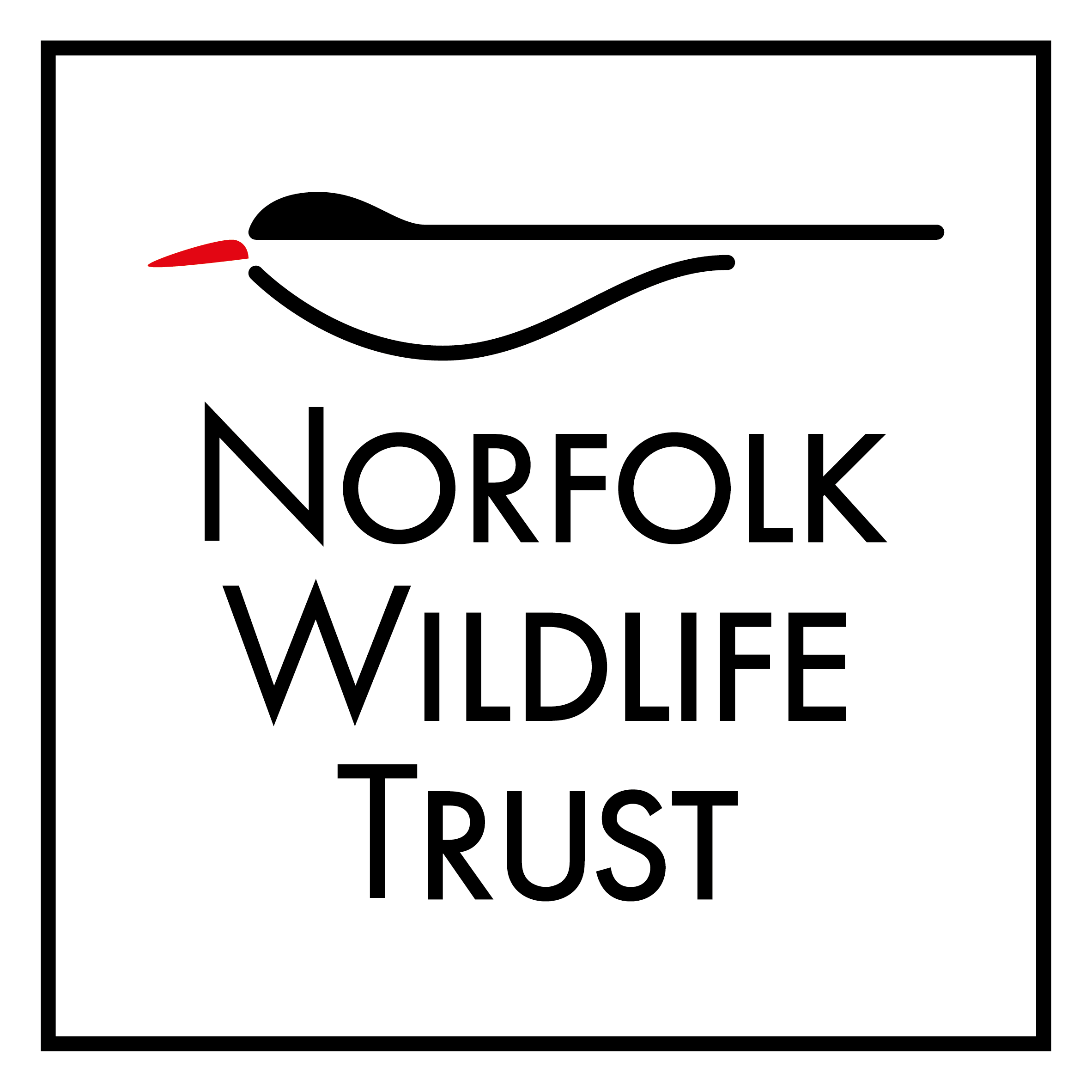Search
Search
Small white
The small white is a common garden visitor. It is smaller than the similar large white, and has less black on its wingtips.
Large white
The large white is a common garden visitor - look out for its brilliant white wings, tipped with black.
White campion
At night, the pretty, white blooms of white campion produce a heady scent, attracting feeding moths. Look for this wildflower along hedgerows and roadside verges, and on waste ground.
White admiral
The White admiral is a striking black-and-white butterfly with a delicate flight that includes long glides. It prefers shady woodlands where it feeds on Bramble.
White willow
So-named for the silvery-white appearance of its leaves, the White willow can be seen along riverbanks, around lakes and in wet woodlands. Like other willows, it produces catkins in spring.
White bryony
A climbing plant of hedgerows and woodlands, White bryony produces greenish flowers in summer and red, shiny berries in winter. It is a poisonous plant.
White clover
A familiar 'weed' of gardens, roadsides, meadows and parks, White clover is famous for its trefoil leaves - look out for a lucky four-leaf clover in your own garden!
Green-veined white
The green-veined white is a common butterfly of hedgerows, woodlands, gardens and parks. It is similar to other white butterflies, but has prominent green stripes on the undersides of its wings.…
White dead-nettle
White dead-nettle does not sting. It displays dense clusters of white flowers in whorls around its stem, and can be found on disturbed ground, such as roadside verges.
White water-lily
Look for the White water-lily in still and slow-moving water, such as ponds, ditches, lakes and canals. Its lily pads and massive, white flowers float at the water's surface.
New appeal to inspire a love of wildlife in the next generation
We're launching a fundraising appeal to raise £50,000 in the next few months to help expand our work connecting children and young people with nature.
